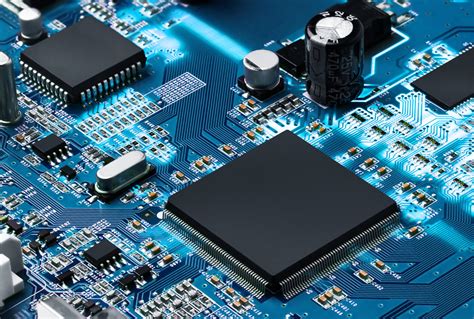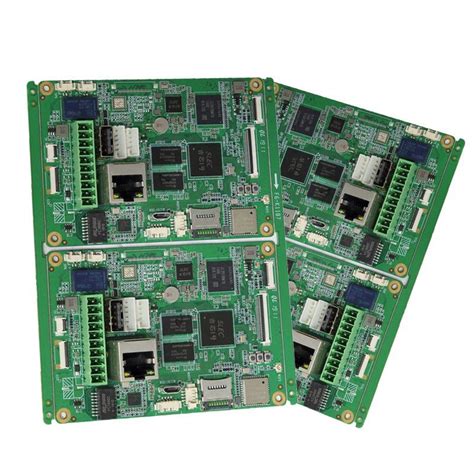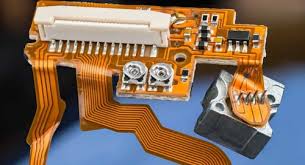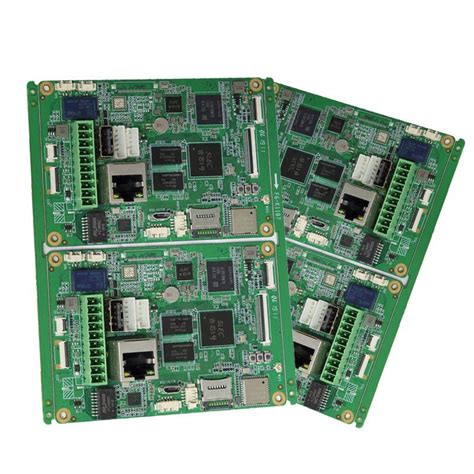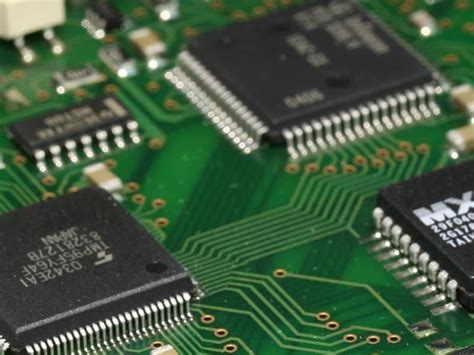Efficiency and Precision in SMT Assembly for Electronics Production
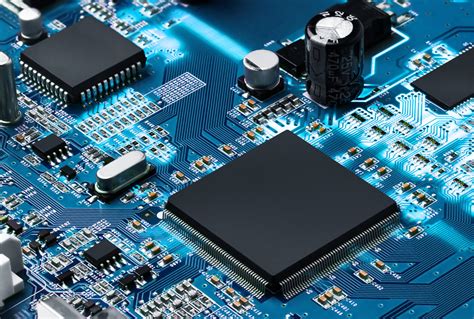
Key Takeaways
In the fast-evolving landscape of pcb assembly, efficiency and precision are paramount in achieving high-quality electronics production. The implementation of Surface Mount Technology (SMT) has transformed traditional assembly methods, allowing for a more streamlined process. Companies today leverage innovative techniques such as automated pick-and-place systems which not only enhance speed but also significantly improve accuracy—a vital aspect when working with densely populated pcba designs.
Moreover, adopting advanced equipment can lead to optimized SMT processes that decrease cycle times and increase throughput. As businesses strive to reduce costs without compromising quality, employing smart manufacturing practices, including real-time monitoring and data analytics, can yield substantial cost savings while ensuring that assembly standards are consistently met.
"Investing in quality control measures is essential for achieving excellence in SMT assembly."
When meticulously executed, these strategies improve product reliability and ensure that each unit meets rigorous performance standards—ultimately benefiting the manufacturer’s reputation in a competitive marketplace. To stay ahead, companies must embrace emerging trends and innovations that focus on enhancing both efficiency and precision in their assembly workflows.

Efficiency Considerations in SMT Assembly
In the realm of SMT (Surface Mount Technology) assembly, the interplay between efficiency and precision is of paramount importance for successful pcb assembly processes. Achieving a balance between these two elements not only enhances overall productivity but also contributes significantly to cost reduction and higher product quality. Considerable focus has been placed on optimizing the pace of production without compromising on the essential accuracy required for reliable pcba (Printed Circuit Board Assembly). Key factors that influence efficiency include machine setup times, component placement speed, and automated inspection processes. Innovations such as advanced robotics and sophisticated software algorithms have made it possible to streamline these operations, offering real-time feedback that helps in minimizing defects. Furthermore, implementing lean manufacturing principles can aid in identifying bottlenecks and improving workflow, which ultimately leads to more efficient operations. By prioritizing strategic planning and continuous improvement in these areas, companies are better equipped to meet increasing demands while enhancing the integrity of electronics production.
Innovative Techniques to Enhance Precision in Electronics
In the realm of SMT assembly, achieving precision is paramount for ensuring the quality and reliability of pcb assembly processes. A critical aspect lies in the adoption of advanced techniques aimed at enhancing accuracy during the pcba manufacturing cycle. For instance, utilizing automated optical inspection (AOI) systems allows for real-time monitoring and detection of defects during the assembly process. This integration not only minimizes human error but also ensures that every component is precisely placed according to stringent specifications. Furthermore, the implementation of sophisticated software algorithms for machine learning can significantly enhance placement techniques, enabling adjustment based on historical assembly data. By leveraging such innovations, manufacturers can effectively streamline their operations while fostering a culture of continuous improvement. Additionally, evolving technologies such as 3D solder paste inspection significantly contribute to maintaining optimal solder paste application levels, which is crucial for ensuring strong connections between components. These innovative approaches are not merely advancements; they represent a foundational shift towards excellence in electronics production, ultimately leading to higher customer satisfaction and reduced return rates due to defective products. As the industry embraces these enhanced techniques, the future of SMT assembly looks promising, with a continued emphasis on both efficiency and precision at its core.
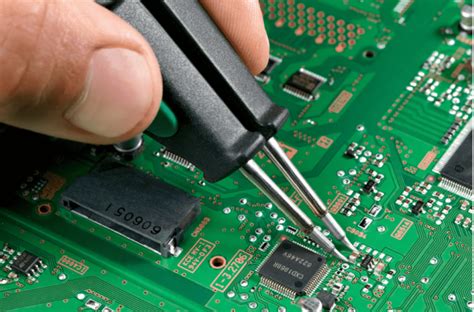
Advanced Equipment and Technologies for Optimized SMT Processes
In the realm of Surface Mount Technology (SMT), the integration of advanced equipment and innovative technologies is pivotal in refining the pcb assembly process. High-speed pick-and-place machines, coupled with sophisticated automated optical inspection (AOI) systems, play a significant role in enhancing precision during assembly. These tools not only improve the accuracy of component placement but also significantly reduce production time, making pcba operations more efficient.
Furthermore, advancements in laser soldering and selective soldering technologies contribute to flawless connections that are crucial in complex electronic circuits. The utilization of these technologies minimizes thermal stress on components while ensuring robust solder joints, thereby improving overall product reliability. The table below summarizes key equipment types and their benefits:
| Equipment Type | Benefits |
|---|---|
| High-Speed Pick-and-Place Machines | Increased placement speed; enhanced accuracy |
| Automated Optical Inspection (AOI) | Early defect detection; reduced waste |
| Laser Soldering | Minimal thermal impact; precise solder joints |
| Selective Soldering | Targeted application; lower defect rates |
When considering these advanced tools, manufacturers must also evaluate their compatibility with existing processes to ensure seamless integration into their production lines. By leveraging such state-of-the-art technologies and equipment within SMT processes, companies can achieve a notable reduction in cost while simultaneously enhancing product quality and reliability—essential components in today’s competitive electronics landscape.
Cost Reduction Strategies in Surface Mount Technology
In the competitive landscape of electronics production, effective cost reduction strategies within Surface Mount Technology (SMT) are essential for manufacturers aiming to enhance their pcb assembly capabilities. One of the primary avenues for achieving cost efficiency is through the optimization of processes in pcba production, where reducing waste and streamlining assembly lines can lead to significant financial savings. Implementing lean manufacturing techniques, such as minimizing excess inventory and improving workflow, can effectively lower operational costs. Furthermore, investing in advanced automated equipment enhances precision during assembly, reducing the likelihood of defects and rework, which can be costly and time-consuming. Adopting innovative materials designed for higher efficiency also plays a critical role—these materials not only reduce production costs but also improve product longevity by ensuring that the components are less prone to failure. Additionally, training workers on best practices in SMT can lead to better yield rates and ultimately contribute to economic savings for organizations. By focusing on these strategies, businesses can strengthen their market position while maintaining high-quality standards in their electronics assembly operations.
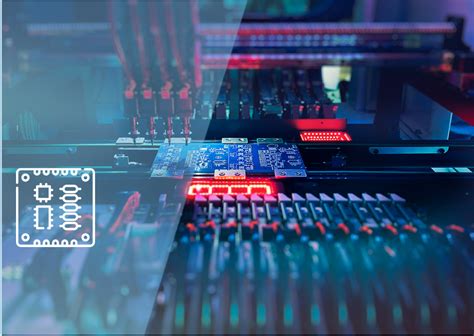
Improving Product Reliability Through Flawless Assembly
In the realm of SMT assembly, the reliance on impeccable execution is paramount to achieving high product reliability. The integration of advanced methodologies and technologies in pcb assembly processes allows manufacturers to produce PCBA (Printed Circuit Board Assembly) with fewer defects and superior durability. Flawless assembly practices include rigorous adherence to standardized procedures that minimize human error and enhance consistency. Automated systems, which facilitate precision in the placement of components on the board, play a critical role in this regard. The incorporation of smart technologies such as vision systems and real-time monitoring not only streamlines operations but also ensures that any deviations from expected performance are identified instantly, thereby preventing potential failures. Additionally, comprehensive training programs for operators ensure they are well-versed in the latest techniques and best practices for achieving flawless assembly. By focusing on these aspects, manufacturers can significantly bolster their credibility and customer satisfaction, ultimately leading to a robust reputation in the competitive landscape of electronics production.
Quality Control Measures for SMT Assembly Excellence
Quality control is paramount in ensuring the success of SMT assembly within the realm of electronics production. The integration of rigorous quality control measures significantly enhances the overall reliability of pcb assembly, driving down defects and enhancing product performance. Techniques such as extensive visual inspections, automated optical inspection (AOI), and rigorous testing protocols contribute to identifying potential issues at various stages of production. Implementing real-time monitoring systems allows for immediate feedback, enabling operators to swiftly address discrepancies before they progress further down the assembly line. Additionally, employing statistical process control (SPC) can help track trends and variations during pcba processes, offering valuable insights that lead to corrective actions and continuous improvement. By prioritizing these quality control measures, manufacturers can ensure that their SMT assembly processes achieve not just efficiency, but also a commendable standard of excellence, ultimately resulting in cost-effective solutions and enhanced customer satisfaction.
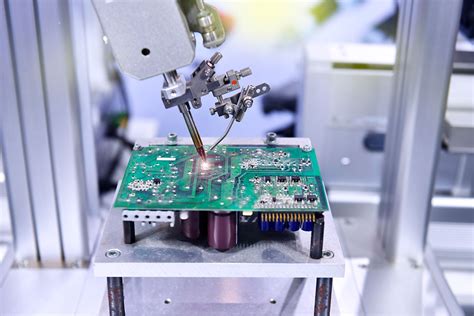
Future Trends and Innovations in Electronics Production
As the landscape of electronics production continues to evolve, the emphasis on efficiency and precision in SMT assembly becomes increasingly prominent. One of the most significant trends is the integration of advanced technologies such as automation and AI-driven systems, which streamline pcb assembly processes and enhance productivity. These innovations not only facilitate faster production cycles but also ensure a higher degree of accuracy in pcba, minimizing defects associated with human error. Additionally, the adoption of data analytics is shaping future methodologies by providing valuable insights into process optimization, thus empowering manufacturers to make informed decisions on production parameters. Enhanced techniques like 3D printing are also emerging, offering flexible solutions for prototype developments that feed into surface mount technology (SMT) applications. This shift not only supports cost reduction strategies but also promotes a more agile manufacturing environment capable of rapid changes to meet market demands. As the sector moves forward, prioritizing sustainability and resource-efficient practices will be crucial to address growing environmental concerns and promote long-lasting reliability in product development. The interplay between these trends illustrates a dynamic future for electronics production that focuses on both innovation and efficiency while meeting evolving consumer expectations.
Case Studies: Success Stories in Efficient SMT Implementation
In the realm of SMT assembly for electronics production, numerous case studies exemplify the transformative impact of efficiency and precision. One notable success story comes from a leading manufacturer who adopted advanced pcb assembly techniques, significantly reducing assembly time while maintaining high-quality output. By utilizing automated inspection systems, the company was able to identify defects early in the production cycle, which ultimately enhanced the overall reliability of their pcba products. Another case highlights an organization that implemented state-of-the-art soldering technologies, resulting in fewer rework instances and minimized material waste. This not only drove down costs but also supported sustainability goals by optimizing resources. Additionally, a focus on continuous training and development for technicians ensured that the workforce was well-versed in the latest SMT technologies, further solidifying their competitive edge in a rapidly evolving market. Each of these instances underscores how strategic investments in both technology and human capital can lead to remarkable improvements in SMT assembly processes. As industries embrace these innovative approaches, they pave the way for a future where efficiency and precision redefine standards in electronics manufacturing.
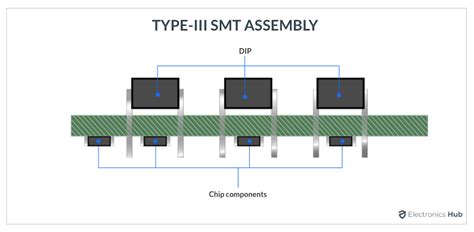
Conclusion
In conclusion, the significance of efficiency and precision in SMT assembly cannot be overstated; they play a vital role in the realm of electronics production. The advancements in technology and innovative techniques have transformed the landscape of pcb assembly, enabling manufacturers to streamline their processes while ensuring that the quality of their outputs remains uncompromised. Emphasizing pcba practices not only assists in minimizing errors but also fosters an environment conducive to consistent product reliability. As stakeholders continue to invest in state-of-the-art equipment and integrate automated solutions, the potential for enhanced productivity becomes increasingly apparent. Maintaining rigorous quality control measures throughout the SMT process is essential for achieving optimal outcomes and reducing costs. This evolving field is guided by an unwavering commitment to innovation, paving the way for future advancements that will undoubtedly redefine best practices in SMT assembly. Ultimately, the effective fusion of efficiency and precision will result in higher standards of excellence within electronics manufacturing, ensuring that products meet market demands while adhering to strict regulatory requirements.
FAQs
What is PCB assembly?
PCB assembly, often referred to as pcba, is the process of soldering electronic components onto a printed circuit board (PCB) to create a functional electronic device.
Why is efficiency important in SMT assembly?
Efficiency in SMT assembly ensures that production lines operate smoothly, minimizing waste and reducing production costs while maximizing throughput, which is essential for meeting market demands.
How can precision in SMT assembly be achieved?
Precision can be achieved through advanced techniques such as computer-aided design (CAD), automated placement machines, and meticulous quality control processes that ensure every component is accurately placed on the PCB.
What technologies are used for optimizing SMT processes?
Innovative technologies like pick-and-place machines, automated inspection systems, and advanced software tools are pivotal in optimizing pcb assembly, improving accuracy and reducing human error.
What are some cost reduction strategies in surface mount technology?
Cost reduction strategies in surface mount technology include bulk purchasing of components, optimizing the design for manufacturability, and implementing lean manufacturing principles to reduce setup times and waste.
How does flawless assembly impact product reliability?
Flawless SMT assembly ensures that each component functions as intended, which significantly enhances overall product reliability. It minimizes the likelihood of failures during operation, leading to increased customer satisfaction.
What quality control measures are essential for SMT assembly excellence?
Key quality control measures include regular audits of the manufacturing process, real-time monitoring of components during placement, and post-assembly inspection to identify and rectify any defects before products reach consumers.

